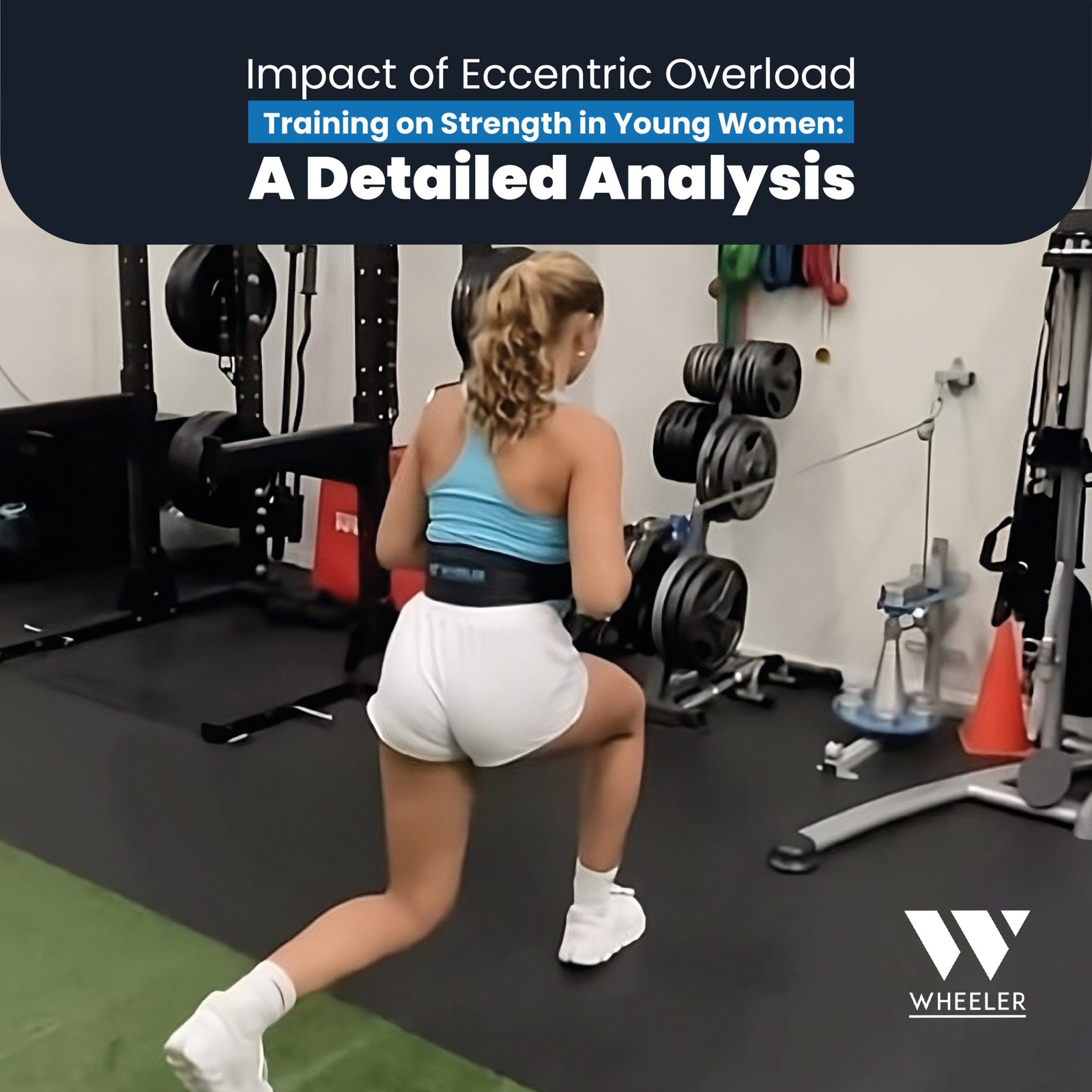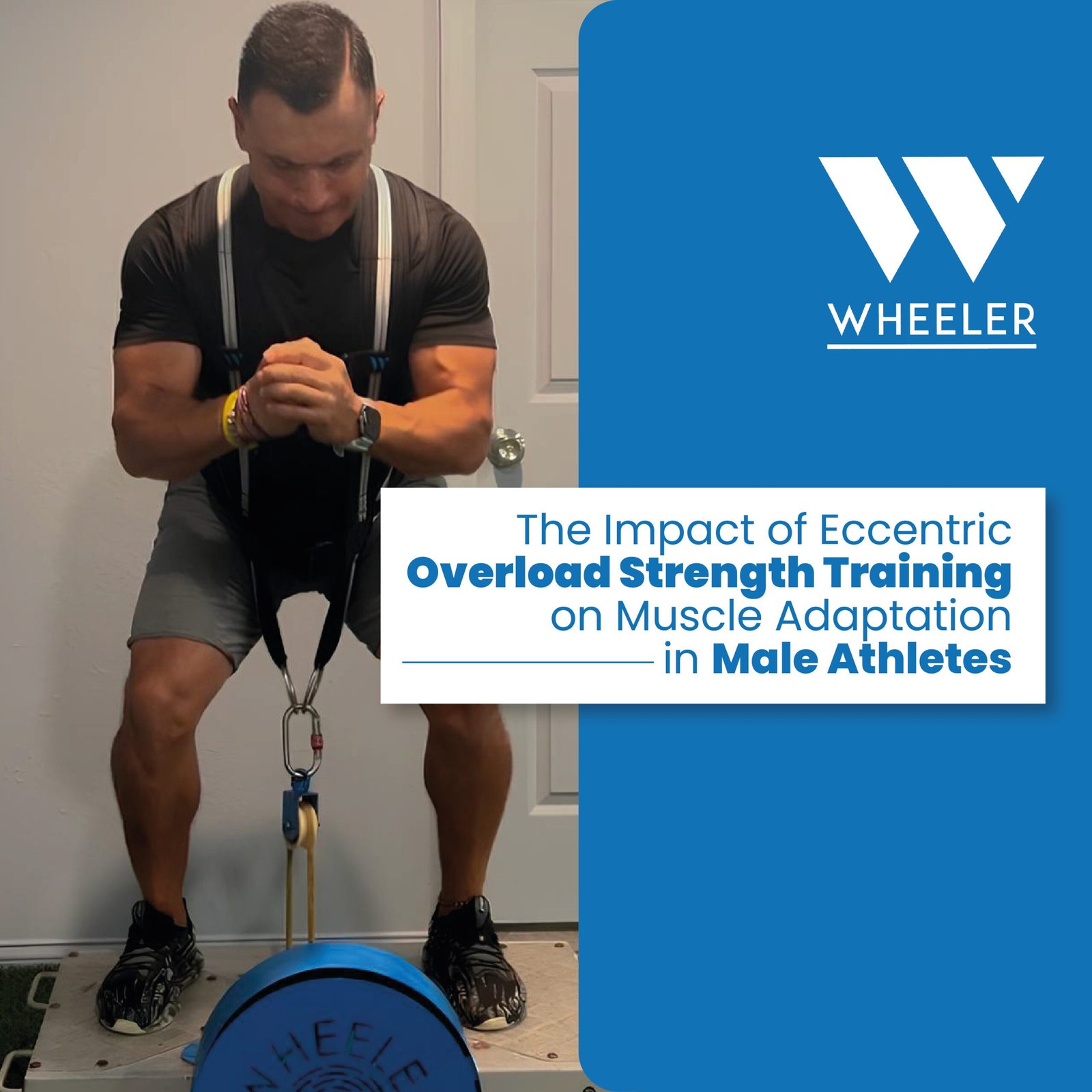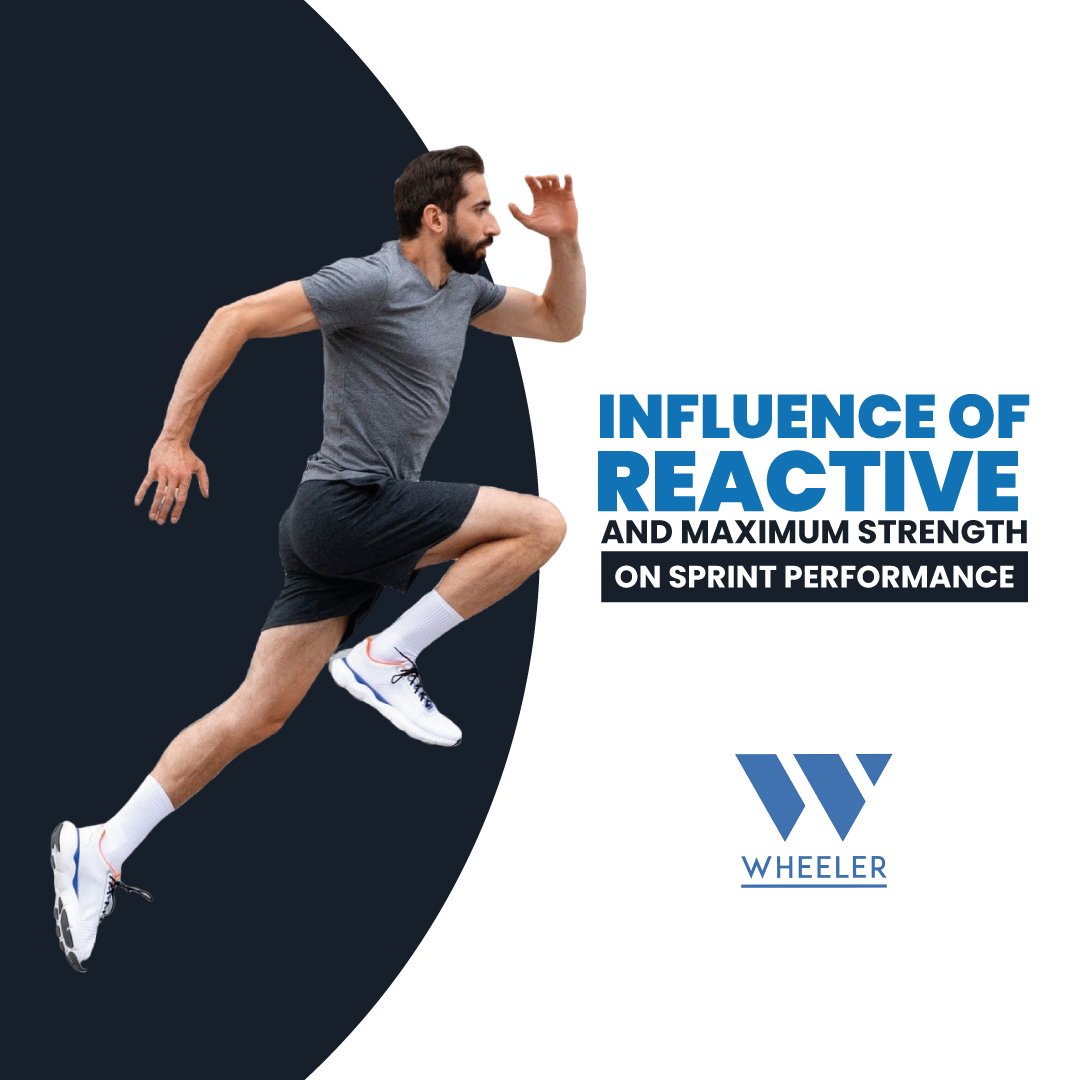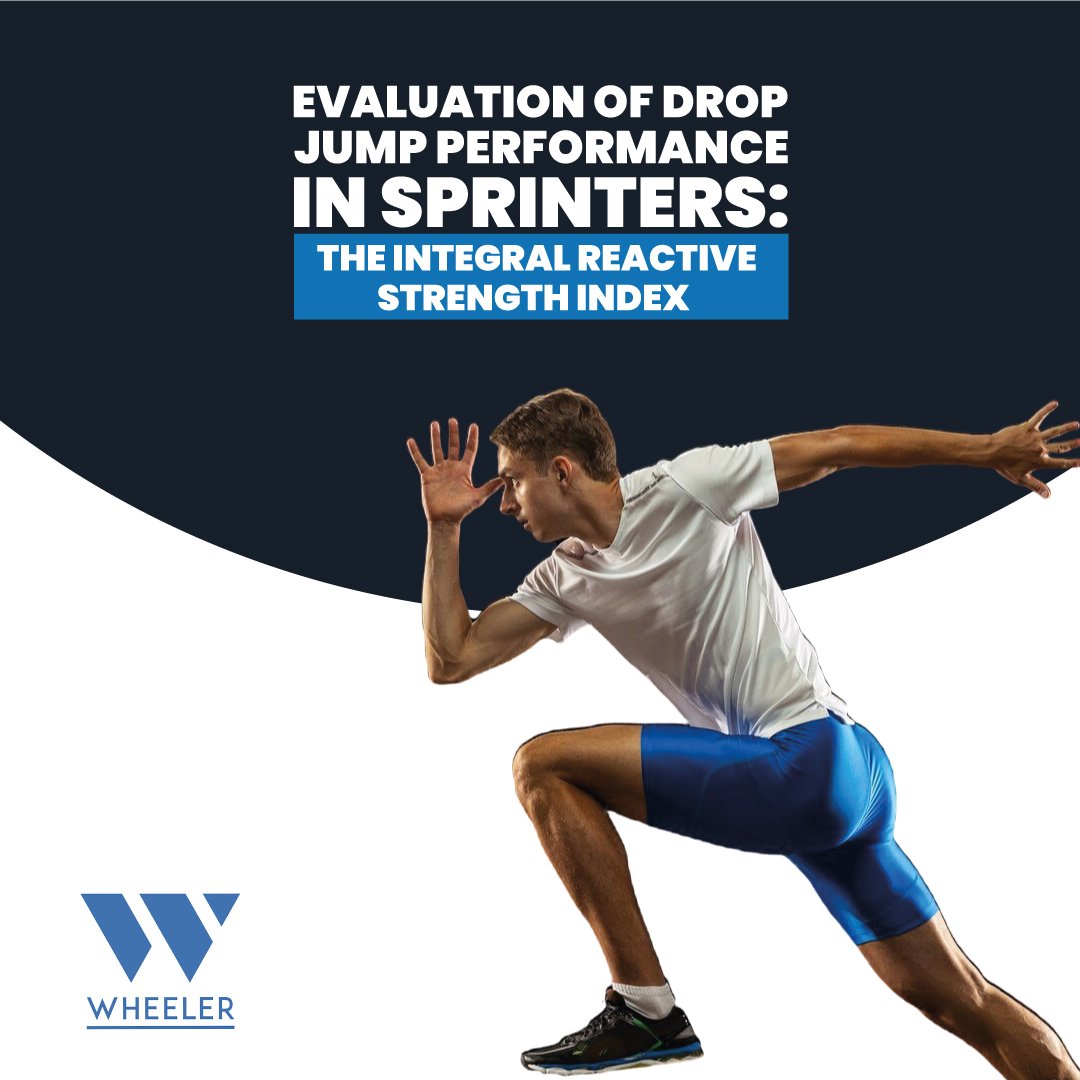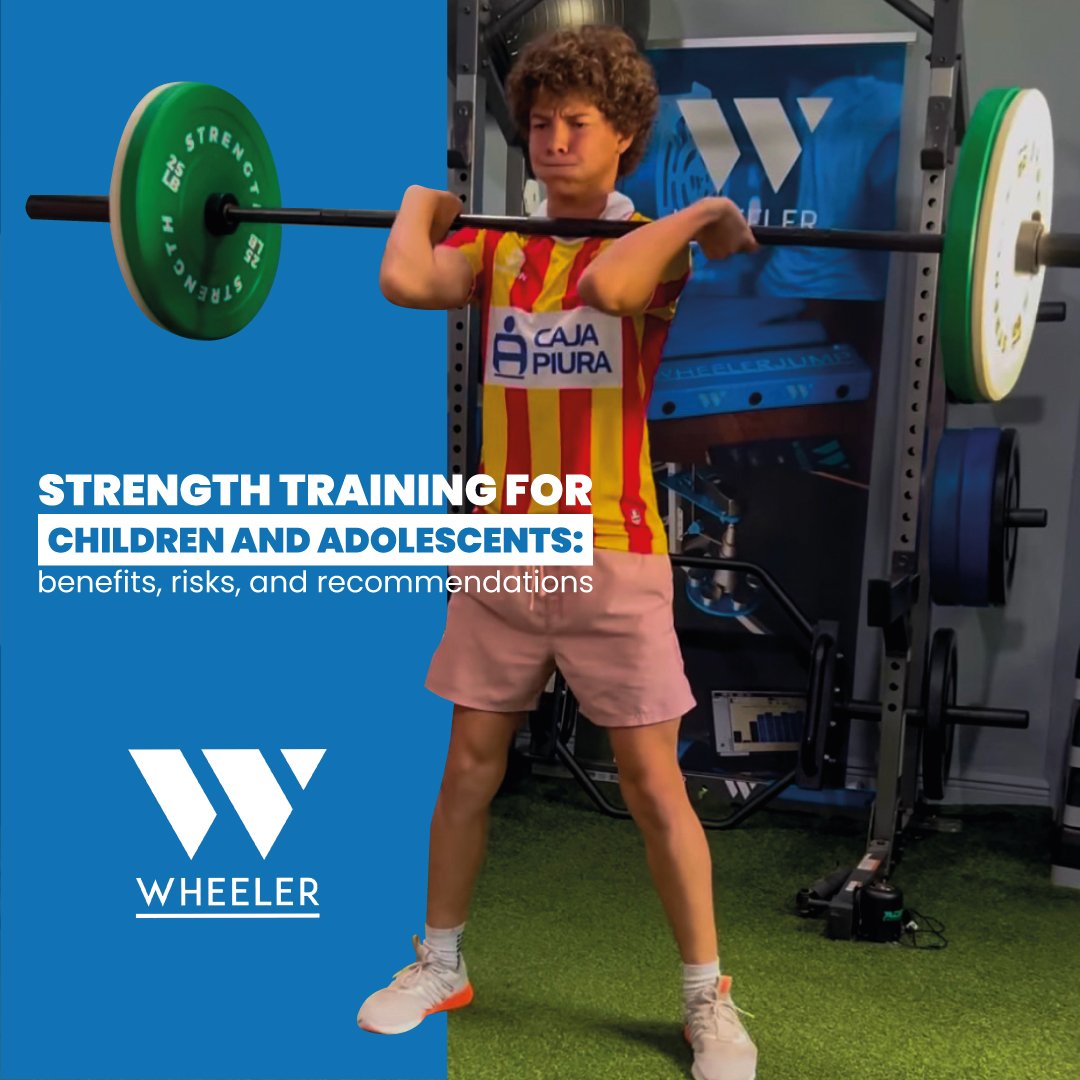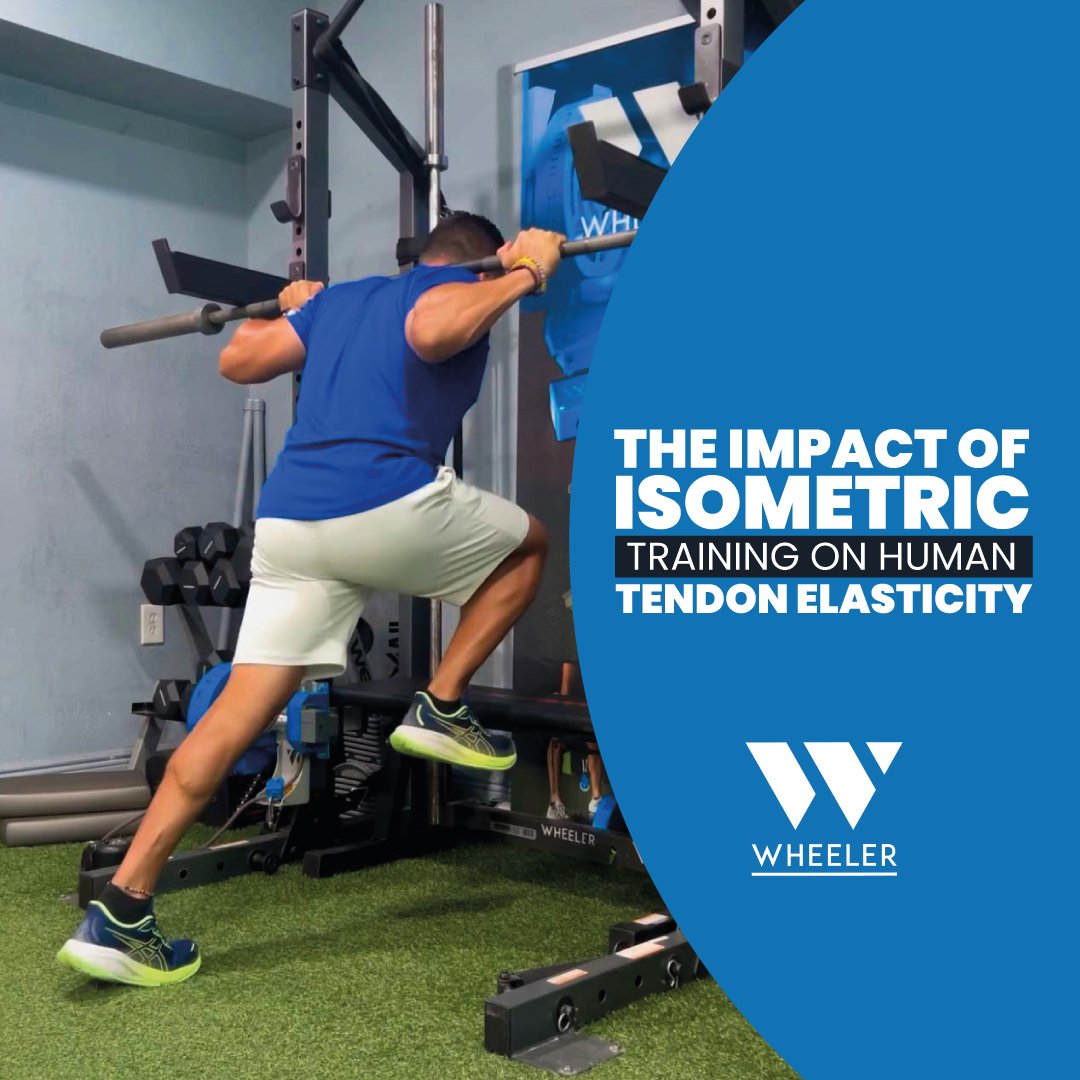En el mundo del entrenamiento deportivo, el desarrollo de estructuras fuertes y resilientes en el cuerpo es esencial para reducir el riesgo de lesiones y maximizar el rendimiento. Los ligamentos, que conectan los huesos entre sí, juegan un papel crucial en la estabilidad y movilidad de las articulaciones. Sin embargo, la mayoría de los atletas […]
Strength training has long been recognized as one of the most effective strategies for improving physical performance and body composition. In recent years, eccentric overload methods have gained increasing attention due to their benefits on strength, hypertrophy, and athletic performance. Based on my research and experience in this field, I want to explore the effects […]
Strength training has been an essential component of athletes’ physical preparation for decades, but the approach to applying the right loads has evolved significantly. One method that has gained increased relevance in recent years is eccentric overload training. This type of training emphasizes the eccentric phase of the movement, where the muscle lengthens while under […]
El entrenamiento con saltos repetidos, conocido como “hopping”, es una modalidad ampliamente utilizada en la preparación física de deportistas. Este tipo de ejercicios no solo mejora el rendimiento en actividades explosivas, sino que también induce cambios importantes en la rigidez de las articulaciones, músculos y tendones, lo que puede tener un impacto significativo en la […]
When we talk about improving sprint performance, it’s essential to understand that it’s not just about running faster, but how the body can manage and generate force efficiently in a short period. In my experience working with athletes, one of the most determining factors in explosive speed is the ability to develop both reactive strength […]
The evaluation of performance in sprinter athletes has evolved significantly over time, especially in terms of their ability to maximize reactive strength. This aspect of training has been crucial in understanding how to optimize speed, power, and efficiency in explosive movements, such as drop jumps. In this article, I want to share, based on my […]
Strength training for children and adolescents has been a topic of controversy for many years due to concerns about its impact on growth and health. However, research, such as that presented by AD Faigenbaum in Clinics in Sports Medicine (2023), highlights the potential benefits and the necessary precautions to ensure that this practice is both […]
Strength training has traditionally been associated with increases in muscle power and performance. However, there is growing research suggesting that this type of training can also have a significant impact on the tendinous structures of the body. A study conducted by Kubo et al. (2001) in the Journal of Applied Physiology focuses specifically on the […]
En el mundo del rendimiento deportivo, la capacidad de los velocistas para generar fuerza rápida y eficiente es un factor clave para alcanzar la máxima velocidad. Uno de los mecanismos fundamentales detrás de esta capacidad es el ciclo de estiramiento-acortamiento (CEA), que permite a los atletas aprovechar la energía elástica almacenada en sus músculos y […]


